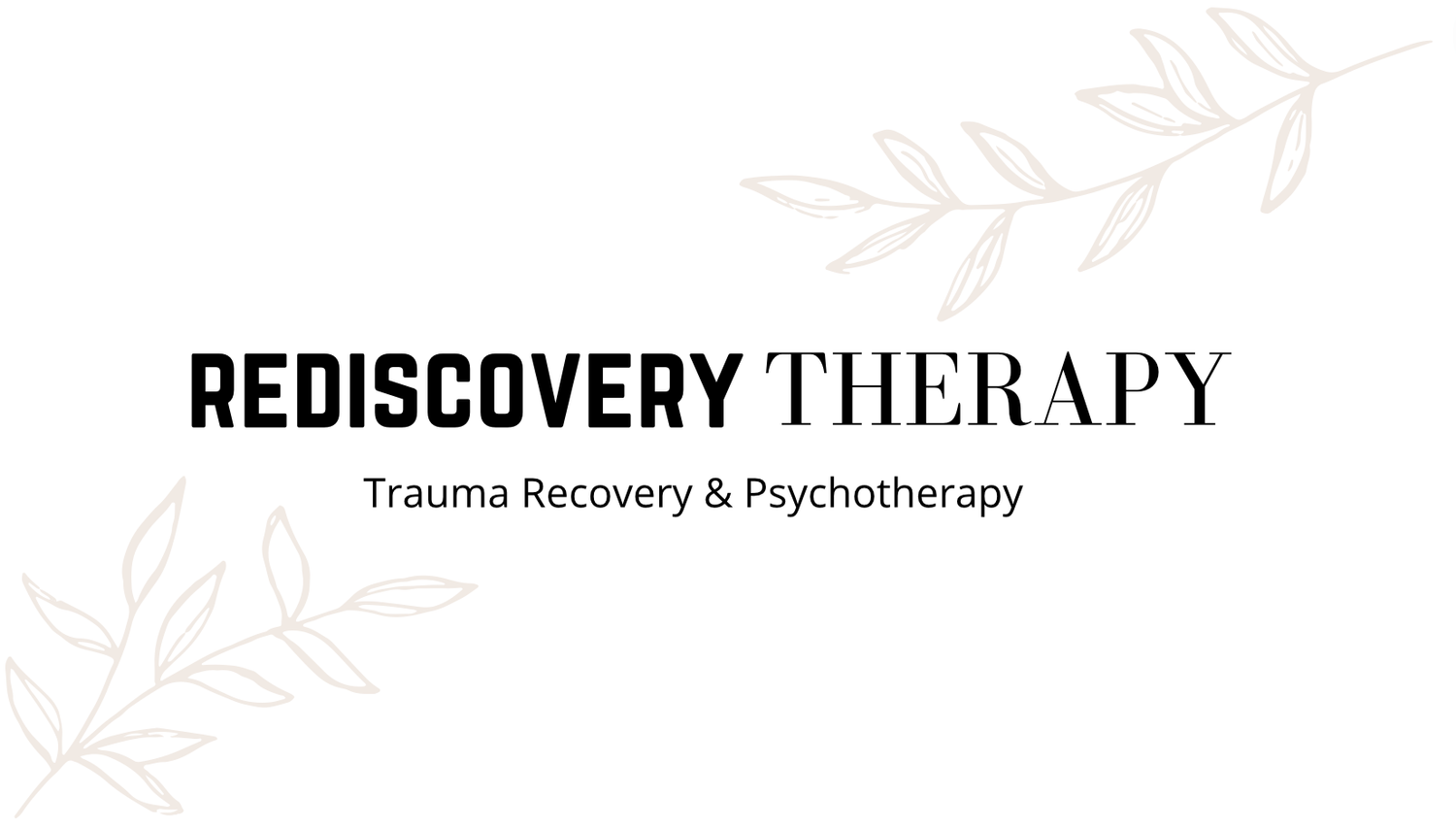Emotional Awareness & Feeling our Feelings
We’ve talked a bit about how we are social beings - but We are also emotional beings. Our emotions are our moment by moment expression of ourselves and our interactions with our world.
Many people have complicated relationships with their emotions. They’re either afraid of or overwhelmed by them or disconnected and confused by them. Our experience of emotions can shift us into that dysregulation that we just talked about in the Nervous System video. This happens for a lot of reasons, many of which are connected to our past experiences.
The thing is, Being able to connect to our feelings, understand them, and accept them is necessary in healing unresolved experiences (and living fully).
What does it mean to feel our feelings? It means we can notice them, so we build our awareness of how they show up in our system.
(2) we name them, we start to label and identify that experience more specifically,
(3) we work to understand why they’re here - or what they’re telling us
(4), we sooth or move through them.
Let’s talk more specifically about How we can begin to notice, name, understand, sooth? This is again where we can bring mindful presence. Here is a great simple practices to try:
It’s called the SEAT exercise and it's great because we can use it if we’ve left our WOT or if we’re simply building our emotional awareness skills.
You may start by taking a breath to slow down and turn inward and become curious - then go through acronym of SEAT: S for sensation, E for emotion, A for Action, T for thought. Let’s try it together.
If you paused right now, what Sensations are you feeling? It might take a moment to notice. Our emotions are felt in our body so drawing our awareness to our physical self helps us to begin to notice what is happening emotionally. If it’s a highly activated moment we might feel our heart beating or heat in our face. If right now is more neutral, you may feel a softness in your belly/shoulders, or stillness in your feet. What psychical sensations do you notice?
Then move to E for emotion, see if you can put a name to the emotion you’re currently experiencing. Maybe with those sensations there's a sense of calm, excitement, interest, boredom, annoyance. There's a saying in the therapy world, that we need to ‘Name it to Tame it’. Something about simply putting a word to the feeling, can have a regulating effect. This is where we can use the Feelings Wheel resource for inspiration.
A for Action: what impulse do you feel coming as you’ve noticed the sensation and named the feeling? Do you want to stretch, hide, cry, hit something, turn off the video, or call a friend. Notice the impulse without judgment
Finally, T for thought: What thoughts come with the experience? Is it a thought that life is good and I’m ok right now. Or is something a little more heated or neutral?
When we slow down and begin to build inner awareness of what’s happening inside of us - we see that In a single moment there is actually a lot going on. Breaking apart the moment helps us make sense of what is happening and why we might feel a certain way about a situation, or why we might be overwhelmed or confused by our feelings.
(TIPS) You can also use the NS practices from before - If you’re a person who gets overwhelmed:, External grounding can be helpful, If you lean more towards feeling disconnection from your feelings or body - going inward and going gently can be useful in re-engaging;
Practices from the previous video and the SEAT exercise help us feel our feelings in a structured and manageable way. Remember what I said in the beginning, we have to be grounded in the present to integrate new information and move through old stuck trauma. Our emotions are part of the puzzle that needs to be processed and integrated. When we can slow down and be more present and attuned to the experience, we can become curious about it as well. Why was that emotion there and what was it telling us? That’s number 3, the understanding piece.
Then once we understand the why and the what and start to feel through them in sensation - we also have greater access to our self compassion. This is that soothing piece - we’ll talk about that more in the next video.

